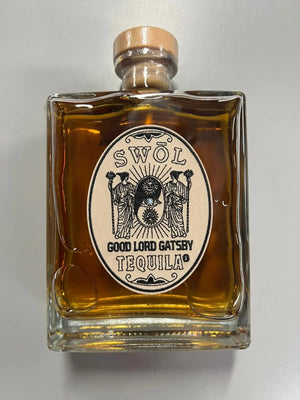No matter how natural your winemaking process is, there is still science going on. The wine market now hosts natural wines that are made in a more natural way, however, wine still undergoes the same kind of development that gives it its signature deliciousness. There are a lot of questions about how is red wine made.
When thinking of the chemistry behind wine, we mostly focus on red wine as that undergoes the most changes. This is mostly done in the aging process. We will explain how wine is made and go into detail about what is actually going on during this aging process that takes red wine from its raw, rustic state to its fine, elevated place that we adore.
We have to run through the process of how is red wine made to explain why it isn’t ideal to drink red wine before it has had the chance to undergo these chemical changes. Don’t worry, you don’t need to be a Chemistry aficionado to understand these stages. It will definitely help you understand why wine is more expensive the older it is.
The one thing that we cannot change is time. Time is needed for so many changes to take place in this world and wine is certainly one of them. We hope you enjoy this red wine chemistry lesson and we hope you learn how red wine is made.
How Wine is Made?

In short, wine is made by harvesting grapes and allowing them to ferment. During this stage yeast starts the fermentation process until alcohol is created. The wine is then pressed, and potentially filtered in many instances until the juice is extracted. A second fermentation process occurs at this stage too.
Many winemaking processes differ from one another and some have ancient techniques that date back for centuries! During the double fermentation process alcohol is formed, though it is at a rough state. The wine is often bitter and not as pleasantly smooth as the wine you are used to. The wine, at this stage, is prepared for aging.
What The Aging Process is Doing?

During the aging process, there are four main chemical reactions going on. Water and alcohol are providing the platform for these to occur. Water is the universal solvent that can help to dissolve all manner of things created in this process. The alcohol helps to preserve the wine and prevent it from going bad.
The first one is oxidation. Controlled oxidation happens slowly through the cork (or screw cap). Light oxygen interactions can help to soften tannins and help to aerate the liquid within, creating a developmental stage.
The next stage is the reduction process. A balanced level of reduction is vital. The reduction process helps to prevent excessive oxidization and concentrate the flavor of the wine, allowing it to become richer and less wispy in nature.
Polymerization is the next essential stage. This is probably the most important stage and the one you might have not heard of. Certain compounds in wine, over time, combine to create larger molecules. This essentially makes it a smoother, more cohesive, and more full-bodied drink.
Esterification is the process by which more fruity and floral aromas are produced in a bottle of wine. During aging, alcohols, acids, and other compounds combine to form esters. There is a balance that is created between the formation of esters and the other compounds in a wine that determines its complexity.
Check Out - Benefits of Drinking Red Wine Before Bed
Why Wine is Aged?

Wine is essentially aged to make it a better drink. The general rule of thumb is that wine should spend around a year in the bottle before it is ready to drink. Beyond that, you will create a lovely, soft, rich, and delicious wine that can be saved for whatever occasion you want!
When wines have just been bottled, they can be described as young wines. Young wines can be described as light, wispy, harsh, and almost unpleasant. Wine is aged to bring out the best of it, and to allow it to develop and mature just like us humans have to!
We hope you have enjoyed reading a bit about red wine chemistry and why wine prices work the way that they do. It is amazing that this is all a natural process that humans do not intervene in. It makes you wonder, who discovered this? Regardless, have a look at our website for some great deals on some beautiful red wines that you could age at home!































